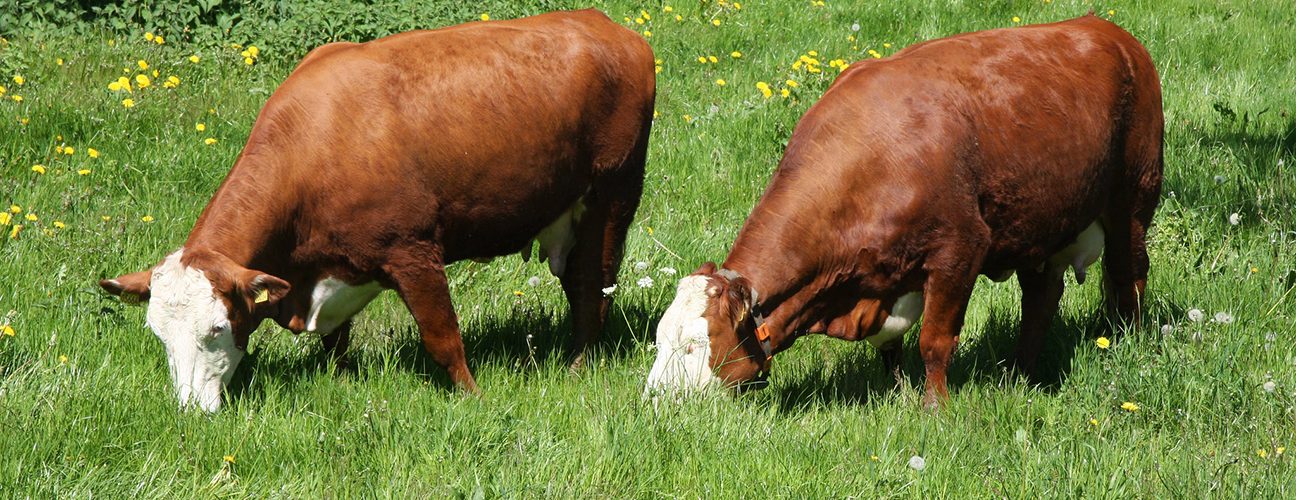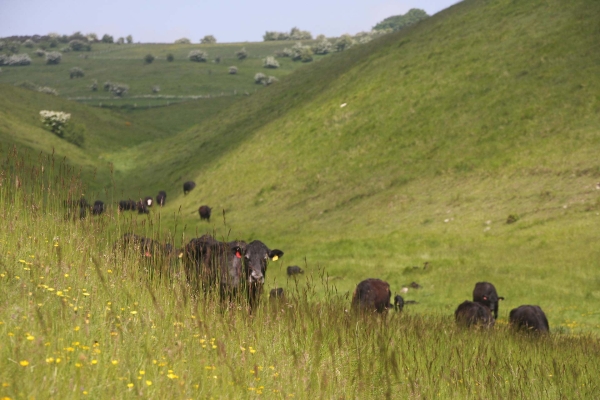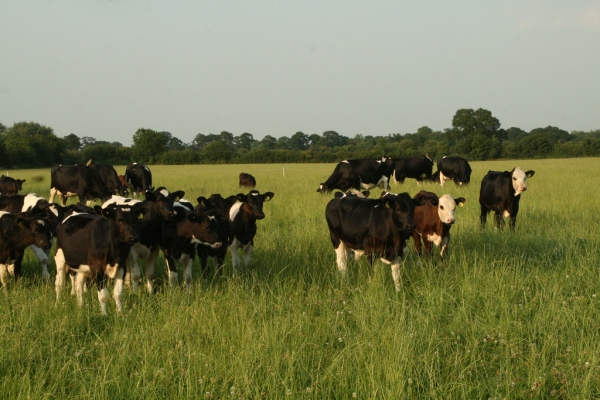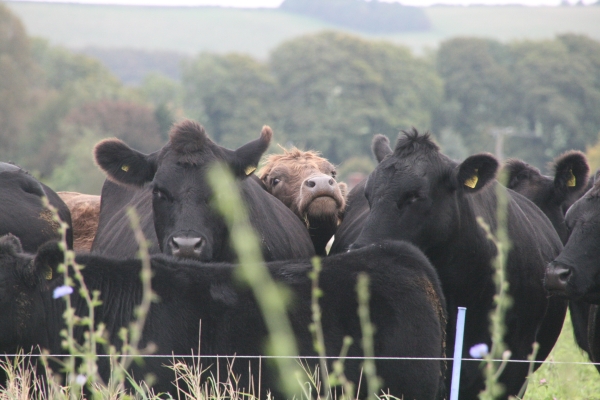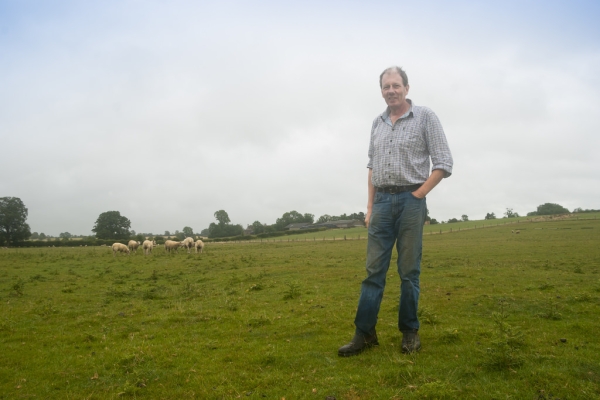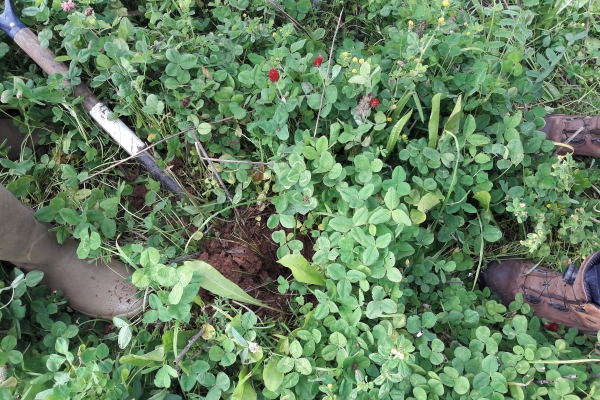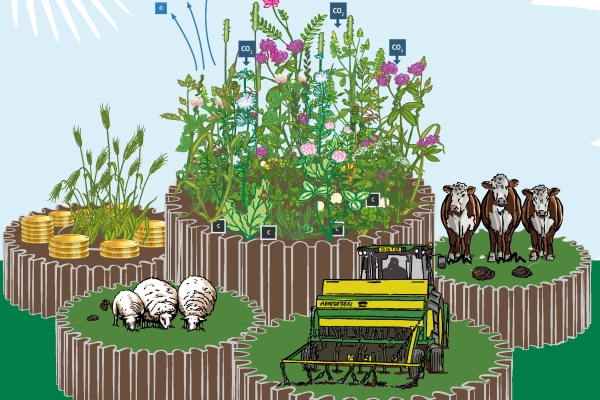Design principles for multi-species productive grasslands
Resource explained
Productive grasslands in temperate regions have relied strongly on low plant diversity with high management intensity and fertiliser inputs. Increasing plant diversity can provide high yields of digestible forage for livestock production with lower environmental impacts, and therefore represents a diversity-dependent nature-based solution that can deliver multiple ecosystem functions. This open access paper (first published in the British Ecological Society Journal of Ecology) aimed to better quantify how diversity affects ecosystem functions and services, and particularly to look at how species richness, community composition, and relative abundance jointly and individually contribute to ecosystem functions. How does such knowledge assist in identifying best-performing communities? The authors reviewed the role of plant diversity in maintaining yield and other ecosystem services in the face of environmental disturbance. They present recent evidence and advances in the analysis of multi-functionality. They also discuss why lessons from semi-natural grasslands do not necessarily translate to productive grasslands and provide a roadmap for future research to enhance the ecosystem functioning of productive grasslands.
Findings & recommendations
- Higher species richness does not necessarily improve ecosystem function beyond a relatively small set of species that best deliver the function/service of interest, and the effects of changing composition and/or relative abundance may be much greater. The richness levels to achieve high functioning are well within the reach of productive grassland management.
- Future research should target how components of plant diversity (species richness, composition and evenness) affect multi-functionality to determine the number and identity of plant species that optimise nature-based solutions in productive grasslands.
- It is likely that more species are needed to sustain multiple services over longer timescales and under more variable environmental conditions, and this needs more explicit investigation.
